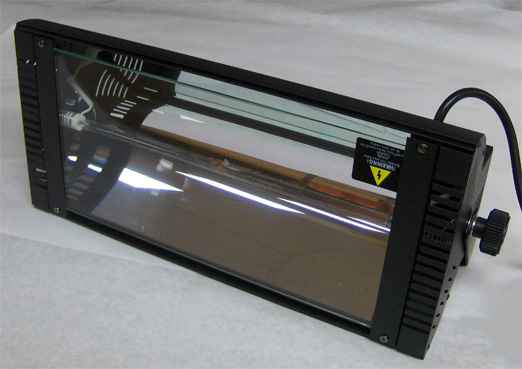How to Build a Stroboscope

It is extremely hard for the amateur photographers to buy light flashing stroboscopes because it is too expensive. Nonetheless, you can build your own stroboscope by using few materials, tools and equipment. All you need is a little time to learn the process of building a stroboscope which is not too difficult.
If you are looking forward to build a stroboscope, you have to keep few important things in your mind which have been discussed in the given steps.
Things Required
– Two part epoxy
– Step-up ring that is 5 to 10mm larger than your camera lens
– Cardboard
– Box knife
– Glue stick
– Slotted disc made out of a thin piece of black construction paper
– Small DC battery powered motor
– 9 volt transistor battery
Instructions
-
1
Take the Epoxy and apply it on the ring and the piece of cardboard. Then, attach the ring on the cardboard. It will become the mount of your stroboscope. It is very important for you to take a piece of cardboard which is big enough to keep the motor shaft in the centre. After that, you have to make a hole in the cardboard so as to expose the camera lens from the ring. You will have to make another hole for the viewfinder.
-
2
Apply glue on the slotted paper disc and paste it right in the centre of the motor shaft. You can also some flange in order to make the process of attaching the paper disc easier. In addition, the flange will help you in protecting the paper from motor shaft’s turning motion.
-
3
Now, you have to attach the ring with the motor shaft. Then, attach the paper disc with the lens. Take the battery and attach it with the motor wires. You will notice the slotted disc will start to turn.
-
4
Place the subject before the dark background and take the picture by opening the shutter at a point at which you want to start the sequence and closing it at the end point.
-
5
You must attain the proper exposure from your stroboscope by assessing the time delivery after rotating the disc. Then, you must divide the size of slot degrees by 360 degrees. After that, multiply the result with the time which the disc takes to complete single revolution. It will be the closest estimation of the exposure time.







